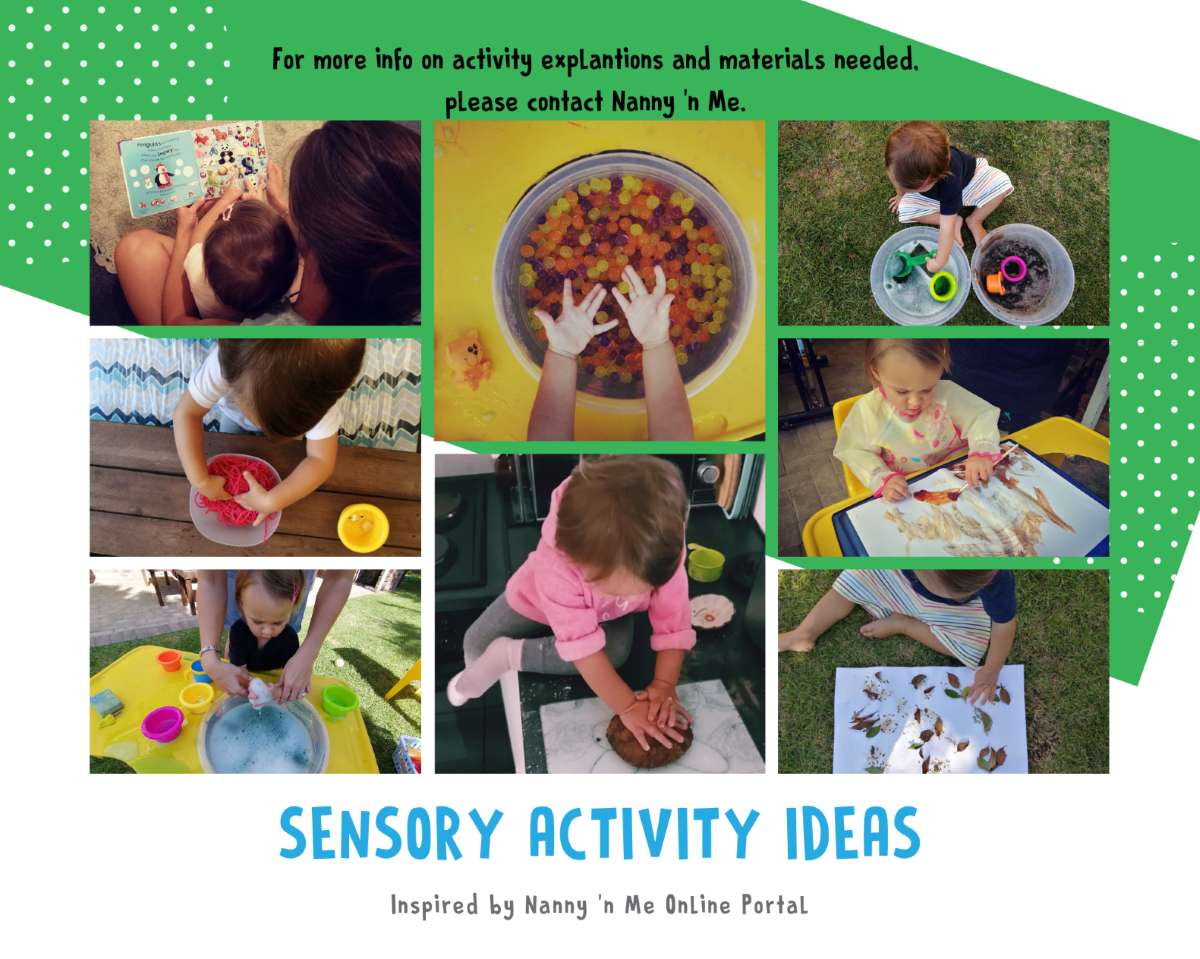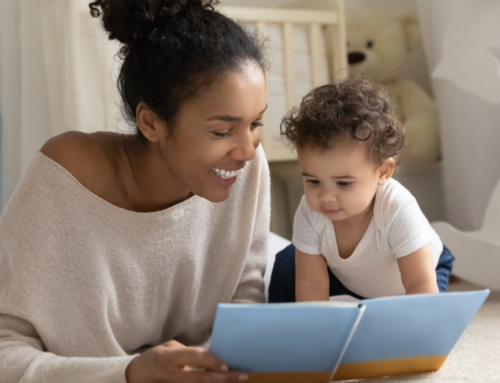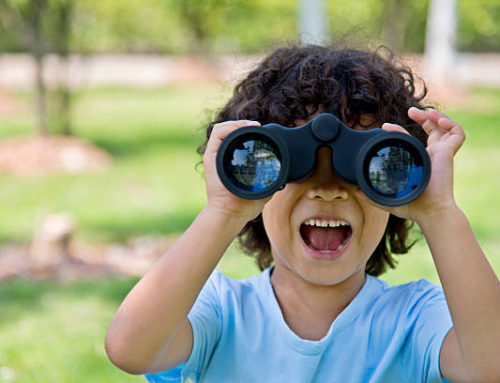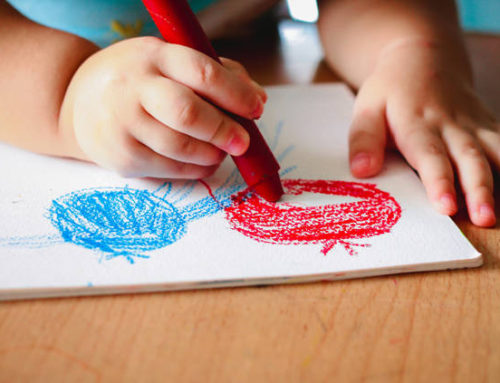What is sensory development?
Sensory development is the development of the senses.
What are the senses?
We have 8 senses that we use to process sensory information. There are 5 external senses that are well-known to all. These include the sensory systems whereby sensory information is received externally, from sources outside of the body, namely, sight, touch, hearing, taste and smell. There are 3 internal senses that are less well-known but just as important as the external senses. These include the sensory systems whereby sensory information is received internally, from sources within our bodies, such as bodily awareness (propioception), bodily movement (vestibular) and bodily basic functioning (introception).
Why are these senses important?
Please see the diagram below for a more visual representation:
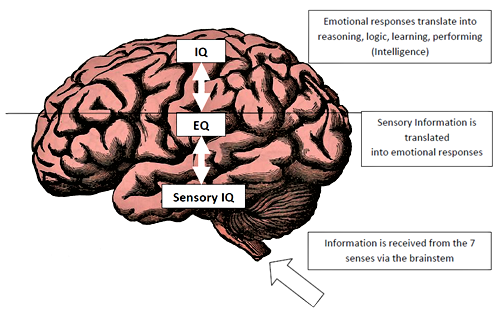
Let’s talk about toddlers and sensory play
As you can see in the pyramid of learning below, sensory systems are at the very base of the pyramid, meaning that they are the foundation of learning. There are various areas in which our children need to develop before academics and cognition are even a factor to consider. Many reasons why so many children need therapy today is because they aren’t exposed enough to the three most foundational sensory learning areas, namely: tactile, vestibular and proprioception. Often children are not moving enough or exploring their environment and therefore cannot understand their bodies and the world around them as they need to. In our virtual world today, children are also often overexposed to visual input through screen time and all the other senses are neglected in the process. Toddlers need to move, run, jump, climb, explore, get messy and be curious through playful engagement. This is the way that they learn and its crucial to further development.
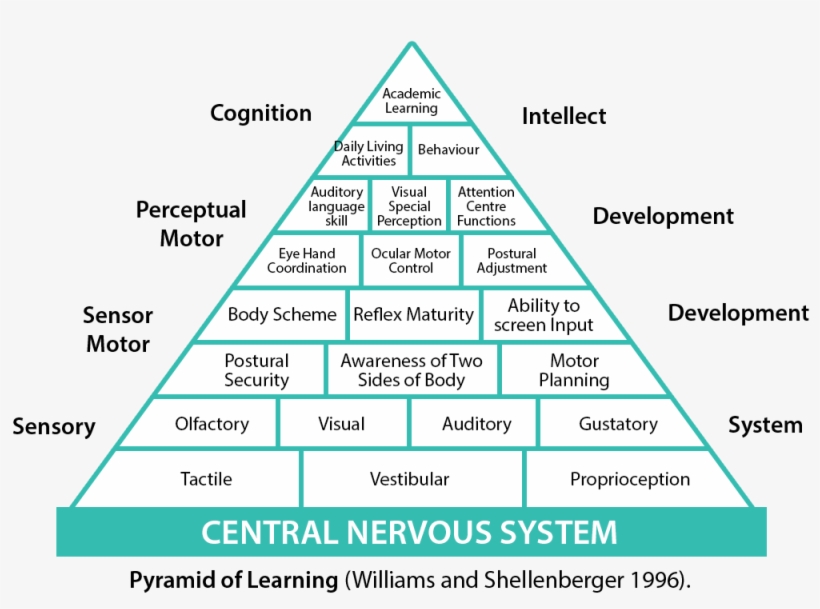
The different ways sensory information is processed
The way we interpret sensory information influences our ability to learn new information, to perform activities and participate in activities with other people. We all fall in one or more sensory profile category which is what makes us unique and gives us our own specific preferences etc, however if a child’s ability to process sensory information is affecting his/her daily participation in activities, he/she may be experiencing some form of sensory processing disorder.
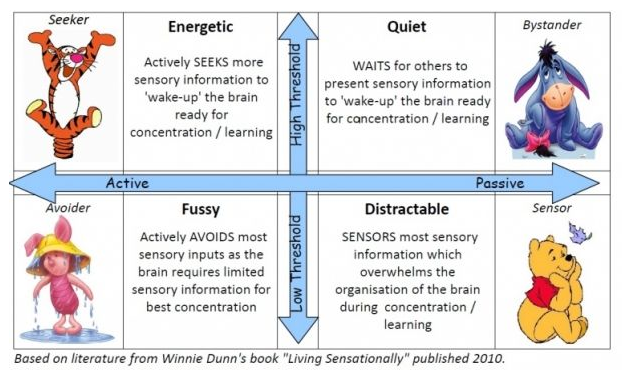
The role for us as parents in terms of our child’s sensory development is:
-
Expose them to a variety of sensory information during their first 36 months of life with a focus on experiencing all of their senses through play.
-
Spend time learning about and understanding both your own and your child’s sensory profile.
-
Talk to your child about their experiences. Reassure them and help them name their responses to sensory stimuli. E.g. “You got scared when the dog jumped on you. That’s okay – dogs can be excited and want to play. Next time, we will wait for the dog to calm down before you say hello to him.” OR “You didn’t like the feeling of the sand between your toes. Did it feel weird or uncomfortable? Lots of things feel weird and all we need to do is remember that we can wash our feet after walking in the sand.”
-
As your child gets older and can start to understand themselves better (school going age), help them to recognise their own sensory responses and give them tips on how to manage them appropriately. Help them to learn what behaviour is acceptable and what is not.
-
If necessary, consult an Occupational Therapist to assist with sensory processing difficulties. They may also give advice on various sensory equipment to use or classroom adaptations that may benefit your child.
Activity ideas to enhance sensory development in toddlers
Remember that multi-sensory learning is the best way to enhance sensory development (stimulate more than one sense at a time)
